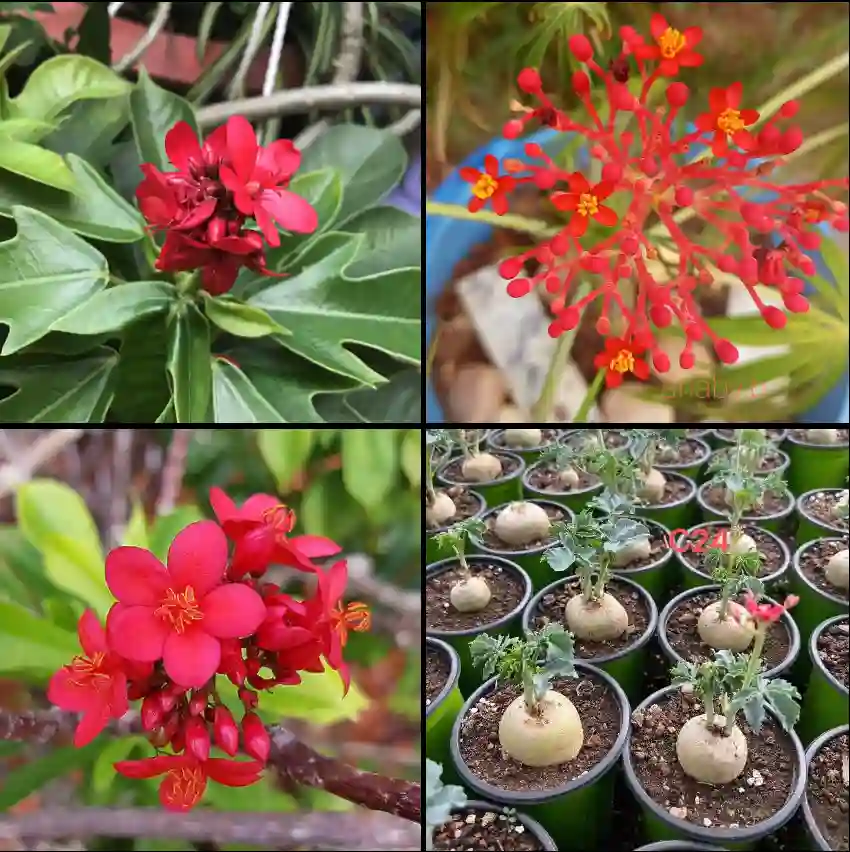The Tiniest Bloom: My Fascination with Wolffia
As a botanist, I’ve always been drawn to the unique and the unusual in the plant world. But nothing quite captures my imagination like the genus Wolffia. These tiny, rootless plants, often overlooked as mere green specks on the water’s surface, are actually the smallest flowering plants on Earth. They’re a testament to the incredible diversity and adaptability of life, and I find them utterly fascinating.
A World of Miniature Marvels
Imagine a plant so small that it could easily fit on the head of a pin. That’s Wolffia! These aquatic plants, commonly known as duckweed or watermeal, belong to the family Araceae, which also includes larger, more familiar plants like the peace lily and the philodendron. But unlike their terrestrial cousins, Wolffia species have evolved to thrive in a completely aquatic environment.
Their simple structure is perfectly suited to their lifestyle. They lack stems, leaves, and roots, instead consisting of a tiny, lens-shaped frond, often no bigger than a grain of salt. This minimalist design allows them to float effortlessly on the water’s surface, maximizing their exposure to sunlight for photosynthesis.
And despite their diminutive size, Wolffia plants still manage to produce flowers – albeit incredibly tiny ones. These flowers, which are rarely seen, consist of a single stamen and a single pistil, emerging from a small cavity on the upper surface of the frond.
A Diverse Genus
While Wolffia might seem like a uniform group at first glance, there’s actually a surprising amount of diversity within the genus. Currently, there are about 11 recognized species, each with its own unique characteristics and distribution:
- Wolffia angusta: Found in Australia and New Guinea, this species has a narrow, elongated frond.
- Wolffia arrhiza: Commonly known as rootless duckweed, this species is widespread across Europe, Africa, and parts of Asia. Plant FAQs: Wolffia Arrhiza
- Wolffia australiana: Another Australian species, with a more rounded frond shape.
- Wolffia borealis: Also known as dotted watermeal, this species is found in North America and is characterized by tiny, dark spots on its fronds.
- Wolffia brasiliensis: Native to South America, this species has a more oval-shaped frond.
- Wolffia columbiana: Found in North and South America, this species is similar in appearance to W. borealis but lacks the distinctive spots.
- Wolffia cylindracea: This species, found in tropical Asia and Africa, has a cylindrical frond shape.
- Wolffia elongata: Another Asian species, with an elongated, slightly curved frond.
- Wolffia globosa: Widespread across the tropics, this species has a spherical frond and is one of the most common Wolffia species. Plant FAQs: Wolffia Globosa – Watermeal – Duckweed
- Wolffia microscopica: True to its name, this species is one of the smallest, with fronds barely visible to the naked eye.
- Wolffia neglecta: Found in parts of Asia, this species has a more flattened frond shape.
More Than Just a Speck
It’s easy to dismiss Wolffia as insignificant due to its size. But these tiny plants play a crucial role in their aquatic ecosystems. They provide food and shelter for a variety of organisms, including fish, insects, and snails. They also help to oxygenate the water and can even absorb excess nutrients, contributing to water quality.
Beyond their ecological importance, Wolffia species are also gaining attention for their potential applications in various fields. Their rapid growth rate and high protein content make them a promising source of food and animal feed. Researchers are exploring their use in bioremediation, wastewater treatment, and even as a source of biofuel.
A Personal Connection
My own interest in Wolffia stems from a childhood memory. I grew up near a pond, and I was always fascinated by the tiny green specks floating on the surface. I remember scooping them up in my hands and trying to examine them closely, marveling at their miniature world.
Years later, as a botany student, I learned about the incredible biology of these plants and my fascination was reignited. I began to study them in more detail, learning about their taxonomy, ecology, and potential applications.
Now, as a researcher, I continue to be amazed by these tiny plants. They remind me that even the smallest organisms can have a significant impact on the world around them. They are a testament to the power of adaptation and the endless wonders of the natural world.
If i die, water my plants!



